After a long stop in Kirkwall we were eager to continue towards north. Being used to the long sailing legs of the early season, the nine miles daysail felt like a short hop only. Upon arrival we anchored Suwena on the south side of Rousay to the sound between the islands of Rousay and Wyre.
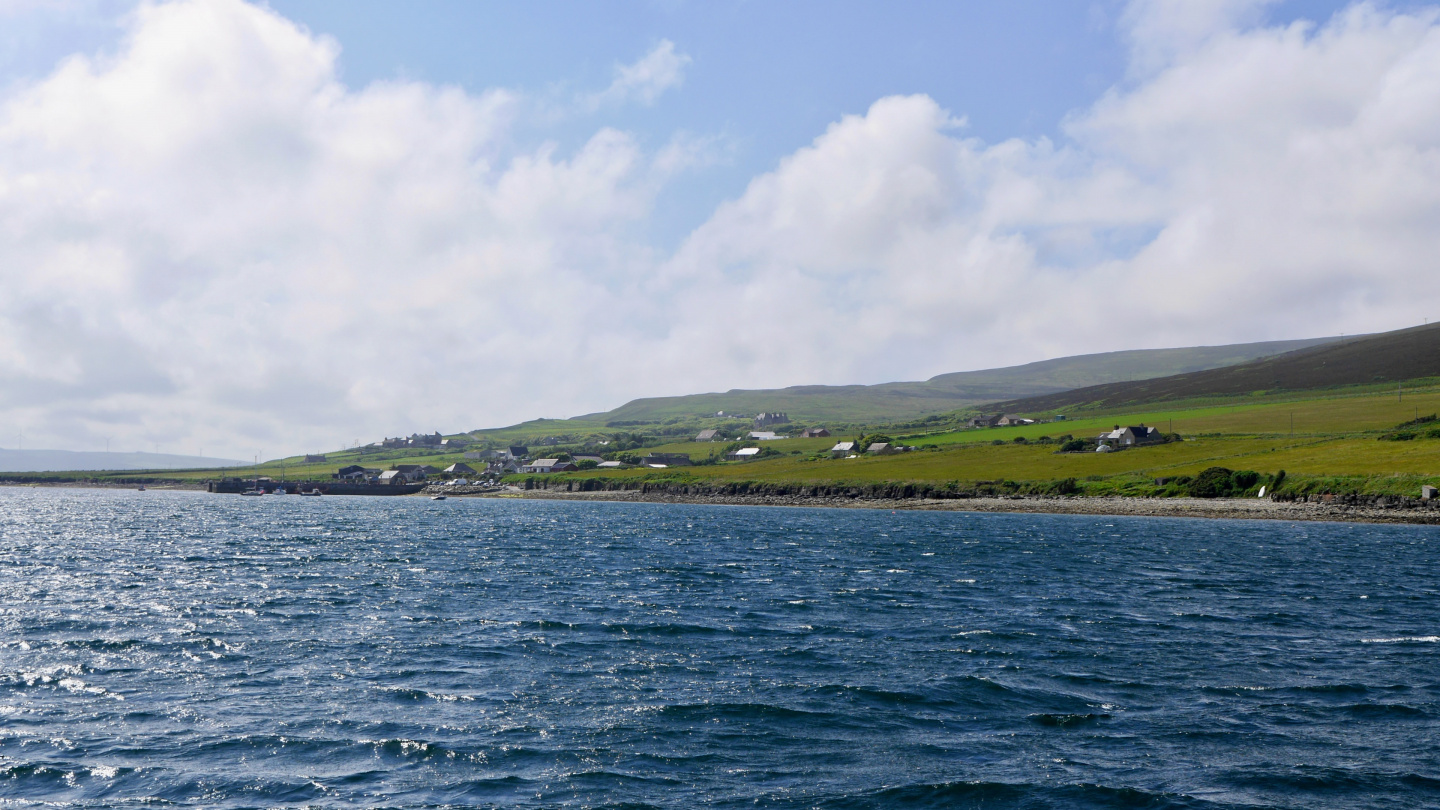
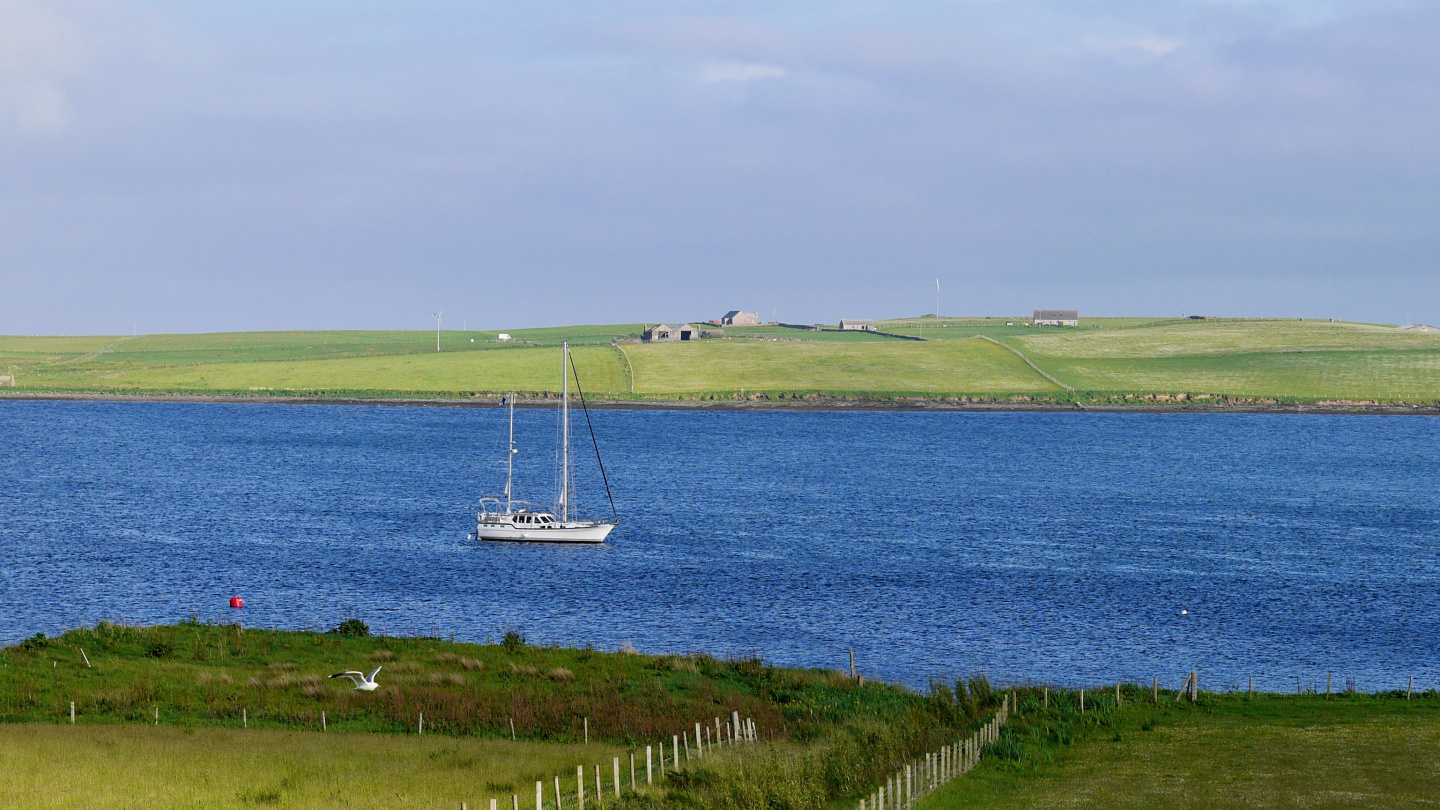
It was a beautiful evening. We quickly put a dinghy into water and went for a nice walk around the pier in Rousay. This was our first time we made a landing with our new dinghy. She has wheels that makes moving her easy and convenient. It was a great fun to pull the dinghy up to the car park as there were already some other dinghies “parked” between the cars as well. Our little boat took her parking place and we went to look at the island.
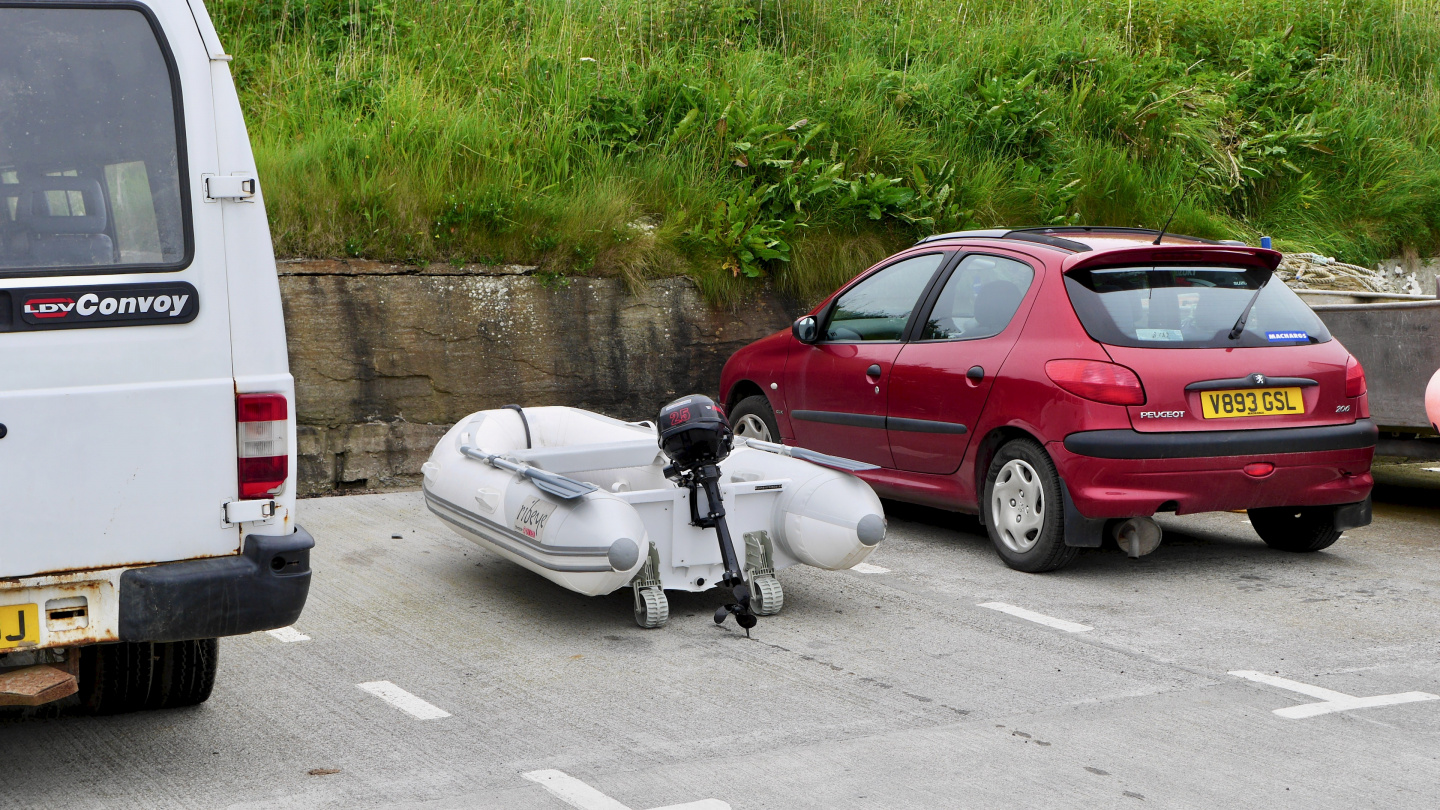
For Friday we had reserved a guided tour. The six hour long tour around the island passed quickly in the guidance of knowledgeable guide. On a drive around the island he stopped the car continuously to tell stories about Rousay and its neighbouring islands currently at sight. We got lucky because the visibility was acceptionally so excellent and from the viewpoint at the hight of a hundred metres we could see all the neighbouring islands simultaneously.
For lunch we stopped on the north shore of Rousay. It was a low tide and there were quite a few seals napping on the cliffs as well. We enjoyed delicious crab sandwiches and famous Orkney oatcakes together with hot coffee. The picnic outdoors is always so delicious.
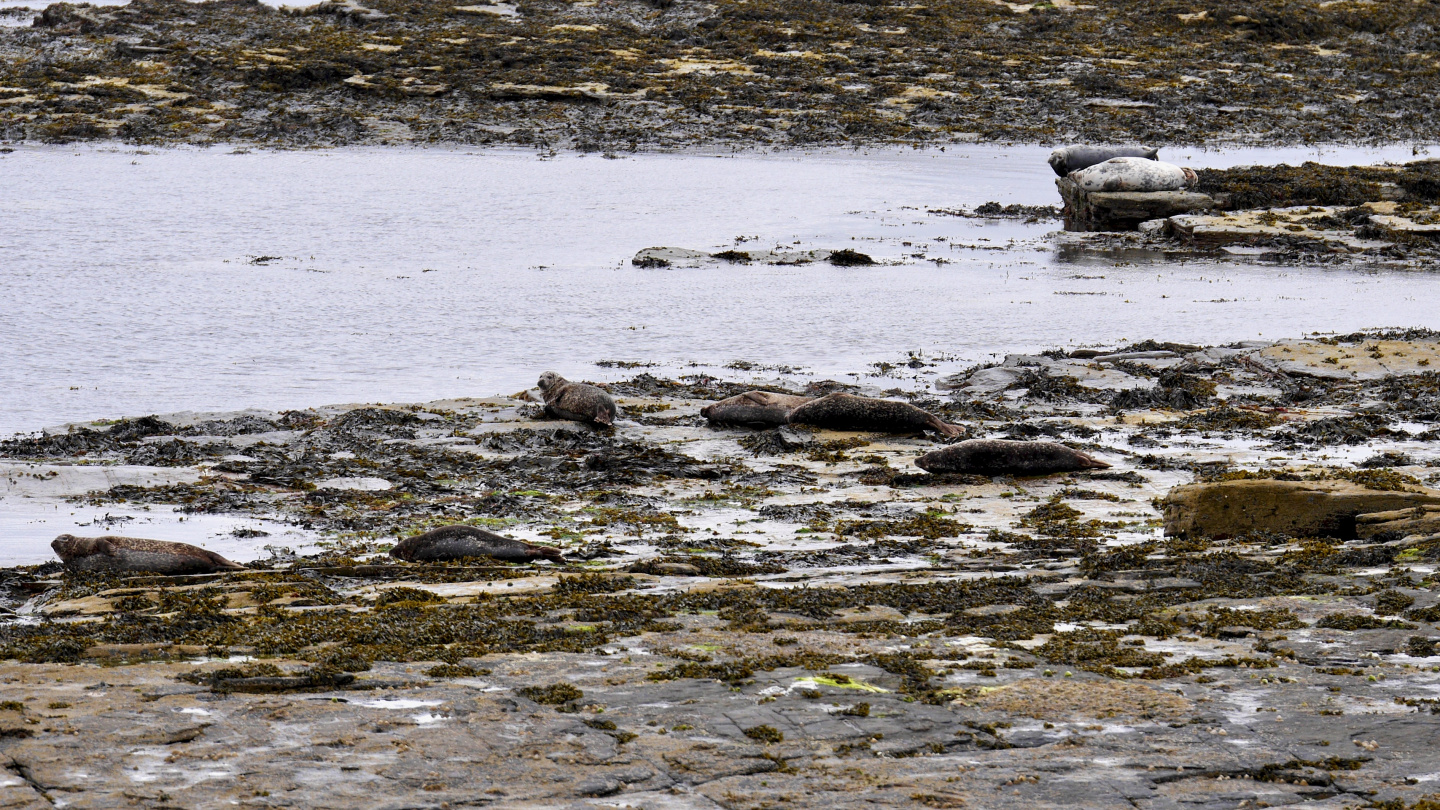
After lunch we climbed to the cliffs for watching puffins. These birds with their orange bills seem to be very popular among the tourists. Puffins are quite fun because they sit like pingvins but they swim like ducks, still they fly like puffins. It takes them quite a long run while flapping their wings before they are airborne. There are a rather big bird sanctuaries on Roysay and plenty to see for birders. Our guide pointed out many different bird species throughout the day.
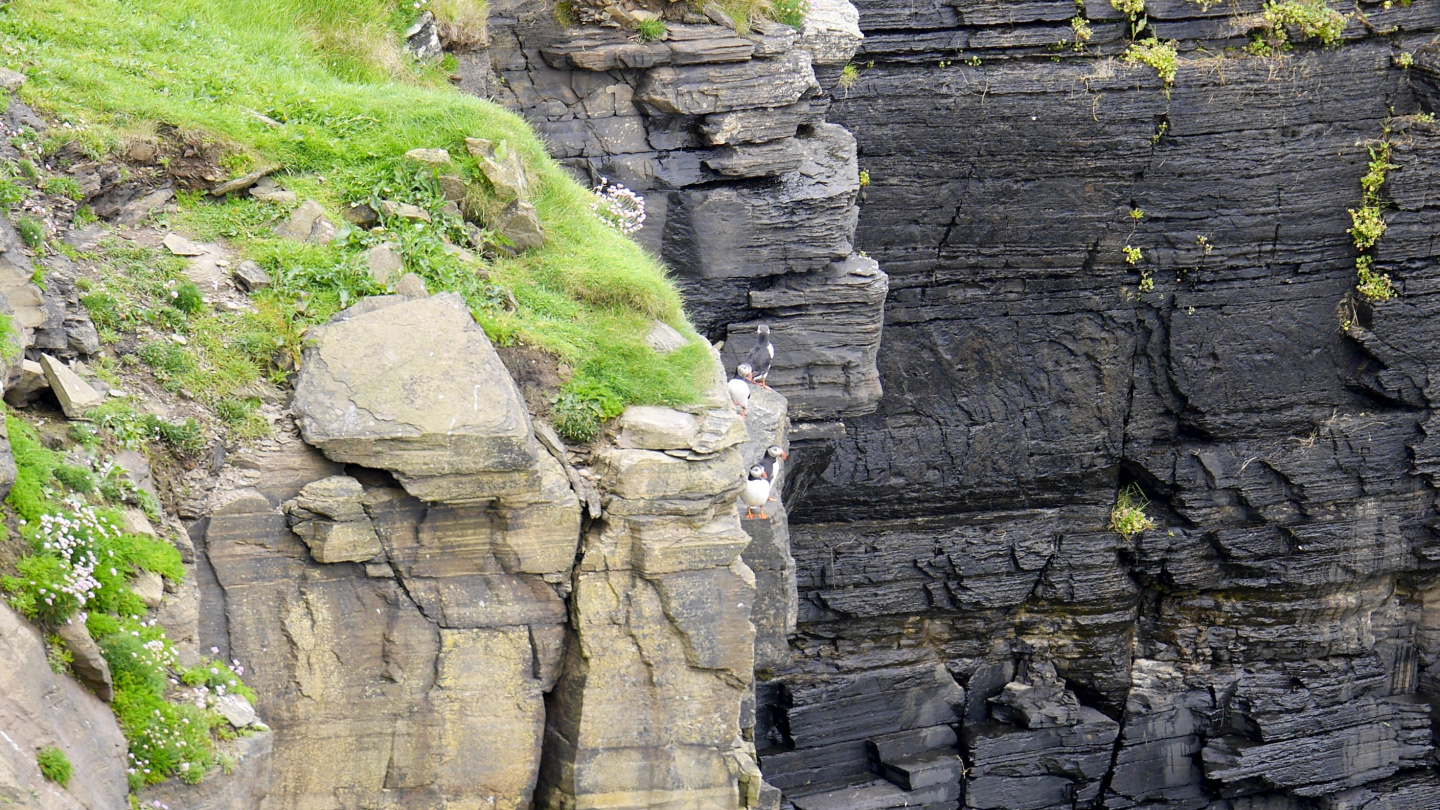
In the afternoon we focused more on the prehistoric times of Rousay. We visited three very different archaeological sites compared to the ones on the Mainland of Orkney.
The Midhowe Cairn is a 33 metres long and 13 metres wide tomb structure.
There is over 23 metres long passageway going throughout the building
which is split with tall stone slabs into 12 compartments. When the tomb was originally discovered there were the remains of 25 people. Nowadays there is a protective building around the tomb for preserving the 3500 BC built cairn.
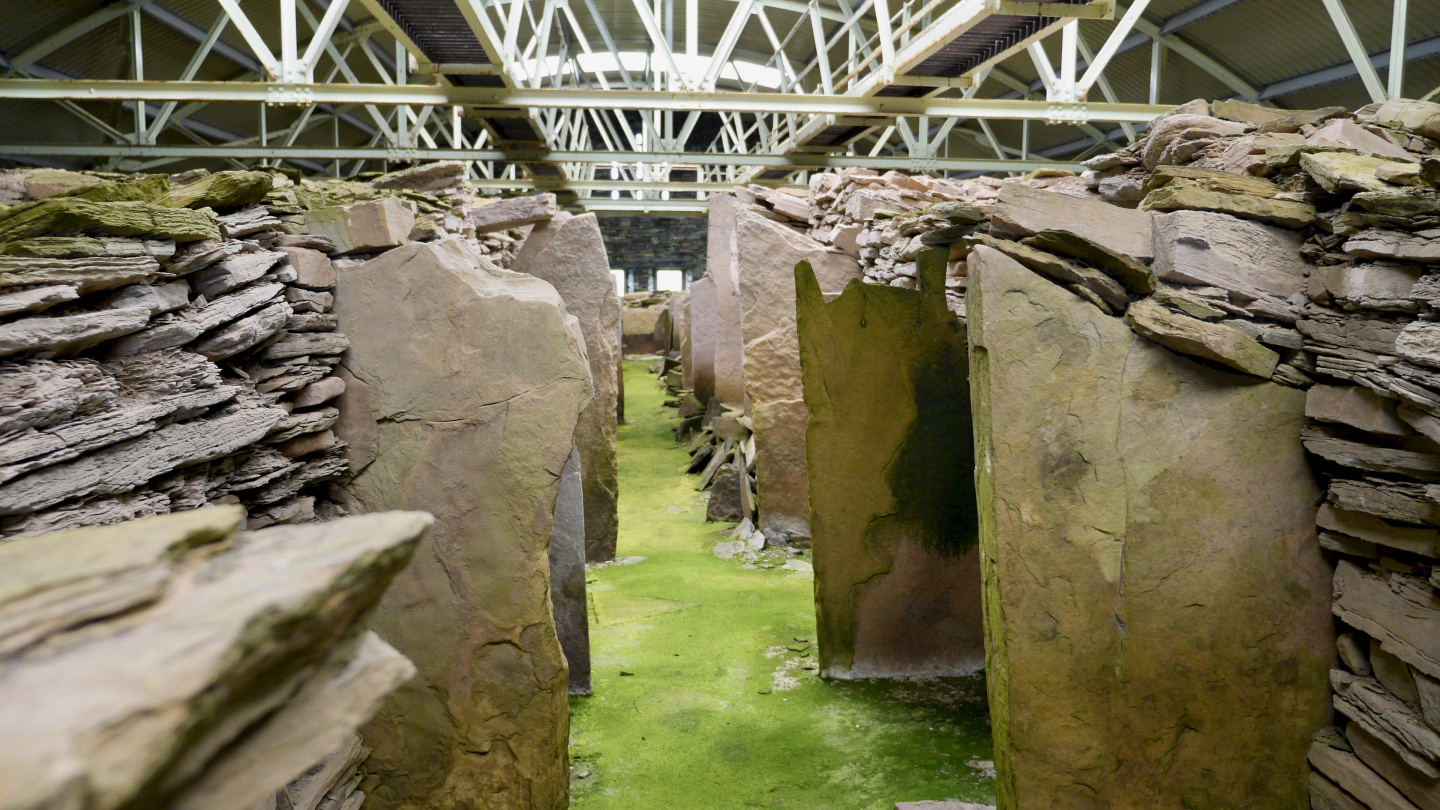
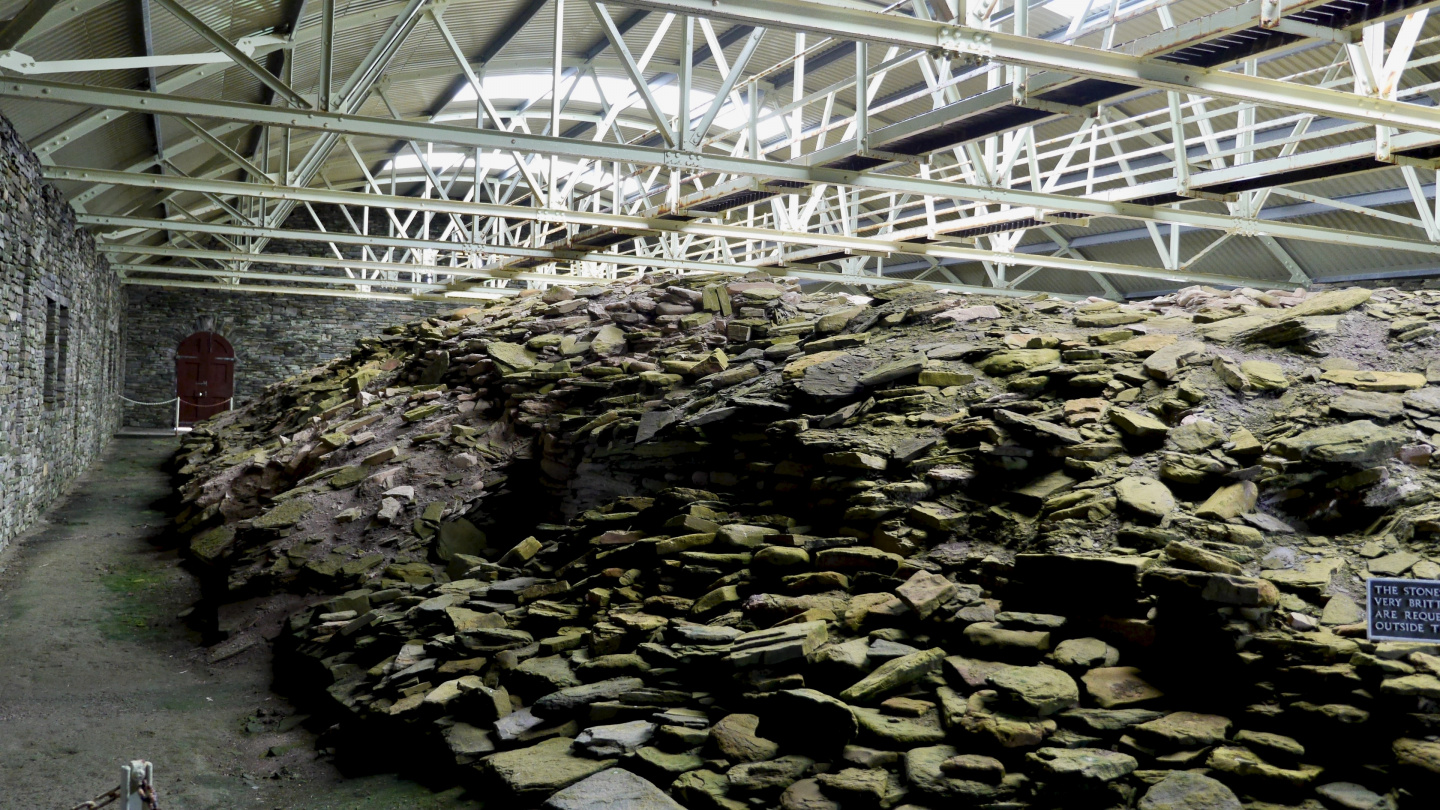
There are also three fortifications called borchs on a site of Midhowe cairn, that are originally built to protect the inhabitants of the Midhowe. We visited the broch that is in the best condition and we think that this was the most interesting sight on Rousay. Brochs are built from sandstone. There were many curved really narrow passageways inside the walls inside the fortification. Stairways lead to higher parts and into hollows. The entrances were again very low but after crawling in there was enough room for even Andrus to stand upright. There was also a well in the middle of the broch.
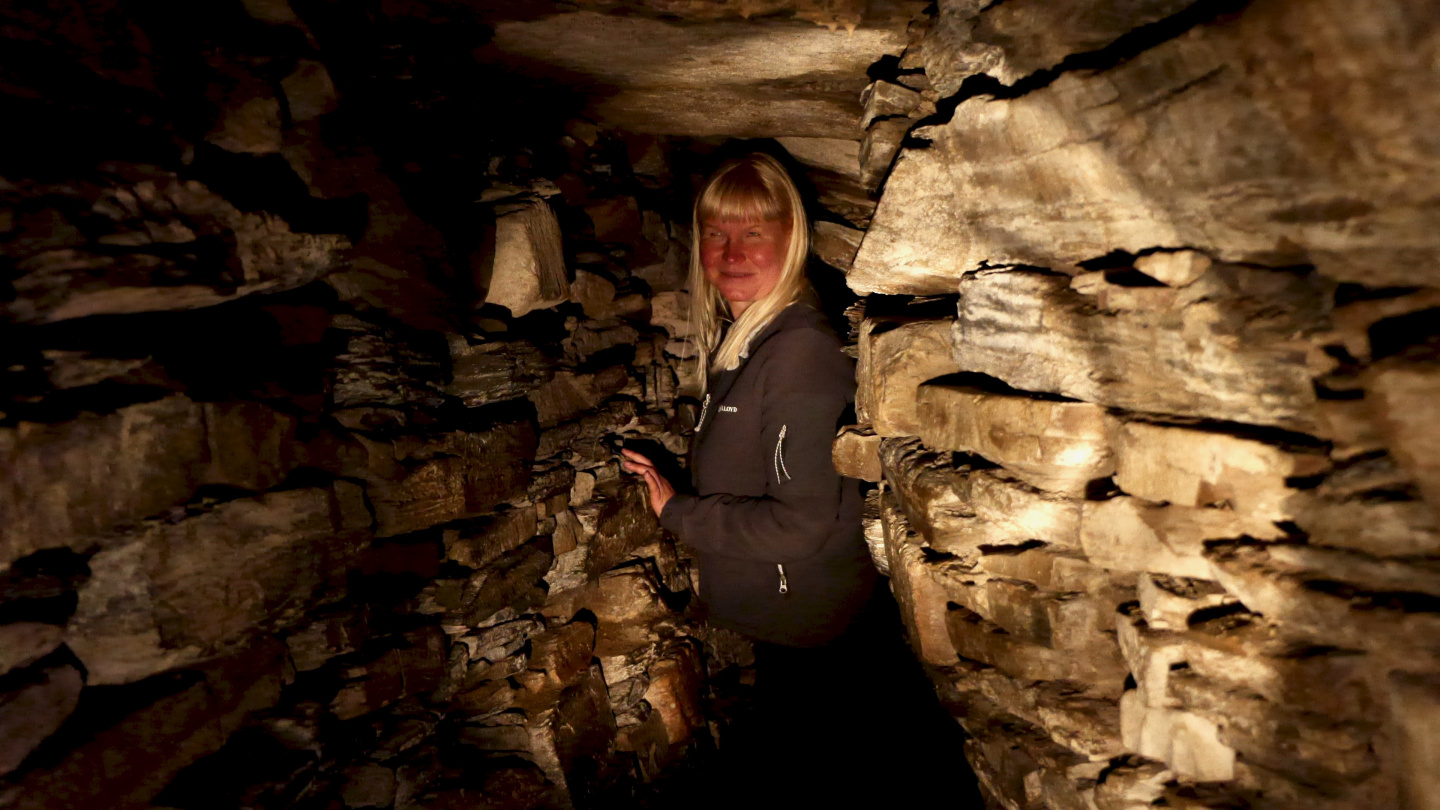
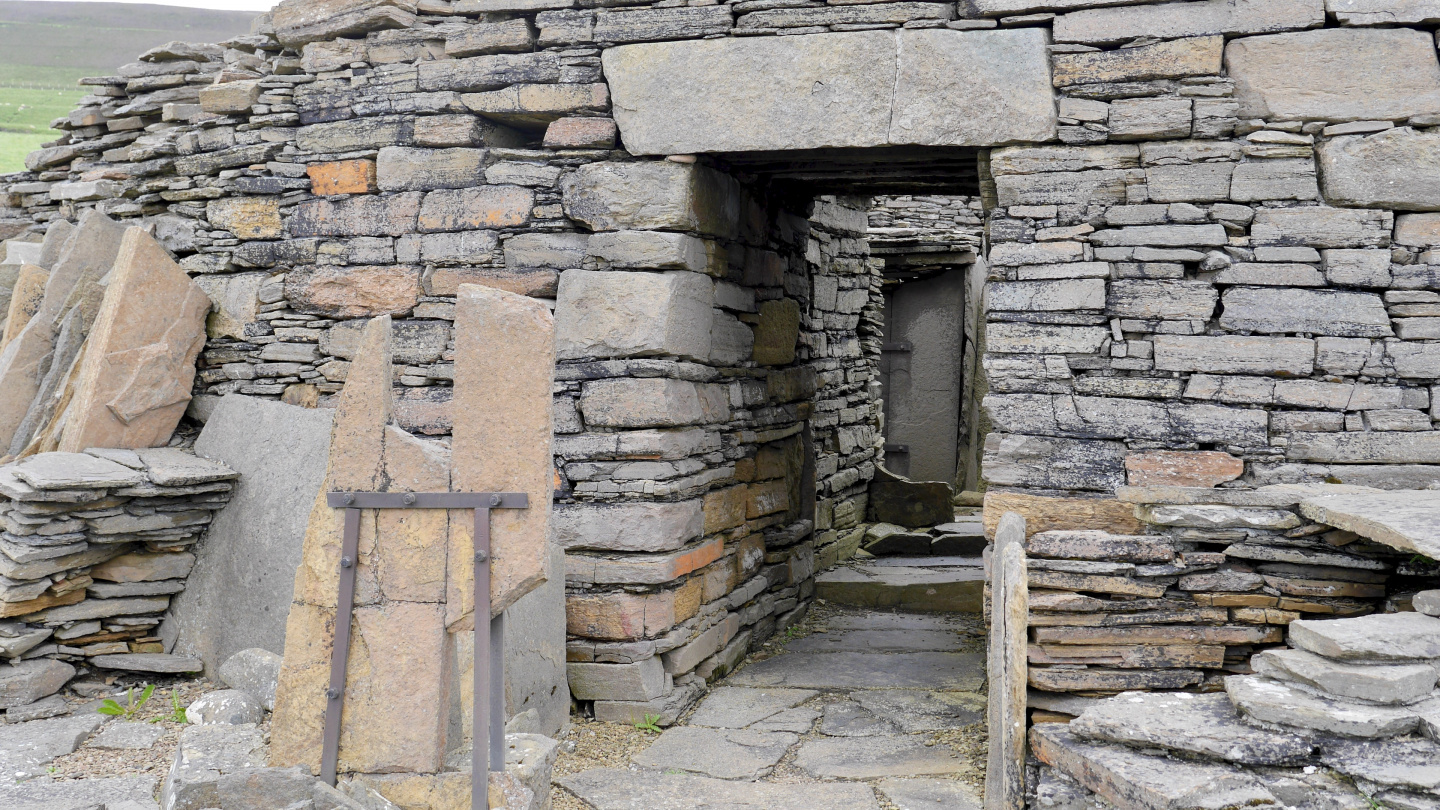
We heard that these three brochs were used as living quarters. They were enough big that in emergencies all people of the village could enter into one broch so it would be easier to defend themselves.
It us unbelievable how they have used sandstone to build such a complicated buildings. The same flagstone can act as a shelf but on the other side of the wall it can be a part of the stairs. The builders of these buildings have clearly had a good three-dimensional thinking. It has been like boatbuilding where all the corners have been used up so there is as little wasted space as possible.
The brochs have been expanded several times and newer parts were not built with as strong defences as older parts of the fortification. For example the internal moat has been taken into living usage as some time. Clearly the external threat has been decreasing over the time.
The last site of the day was a chambered cairn of Taversoe Tuick that was built 2500 BC. This unique cairn has been built in two levels so that entrances to both the levels are on the opposite sides of the building. Nowadays however we could use the ladder for climbing from one level to another.
This cairn was found by the wife of the local laird in the 19th century when she sat to the chair during the picnic and the leg of the chair sinked through the ground into the tomb. We only wonder on how many more archaeological sites are still to be found on Orkney?
The guide told that the island of Rousay is sometimes called the Egypt of the north because there are so many prehistoric sites. However maybe it should be just opposite because the on Orkney there are many prehistoric buildings that outdate the Pyramids of Egypt. Why not to call the Egypt, the southern Rousay?
During the day the guide told to us about the nature and both of the current and past life on Royday. Many thanks to our guide Patrick about our interesting day.
In the evening we came to shore for a second time for having a dinner at a local hotel. The hotel is five kilometres from the pier but a kind hostess from the restaurant offered a ride to us. We enjoyed an excellent crab feast prepared from the famous crabs of Westray island and after a quiet night at anchor we continued our journey towards the island of Westray.

